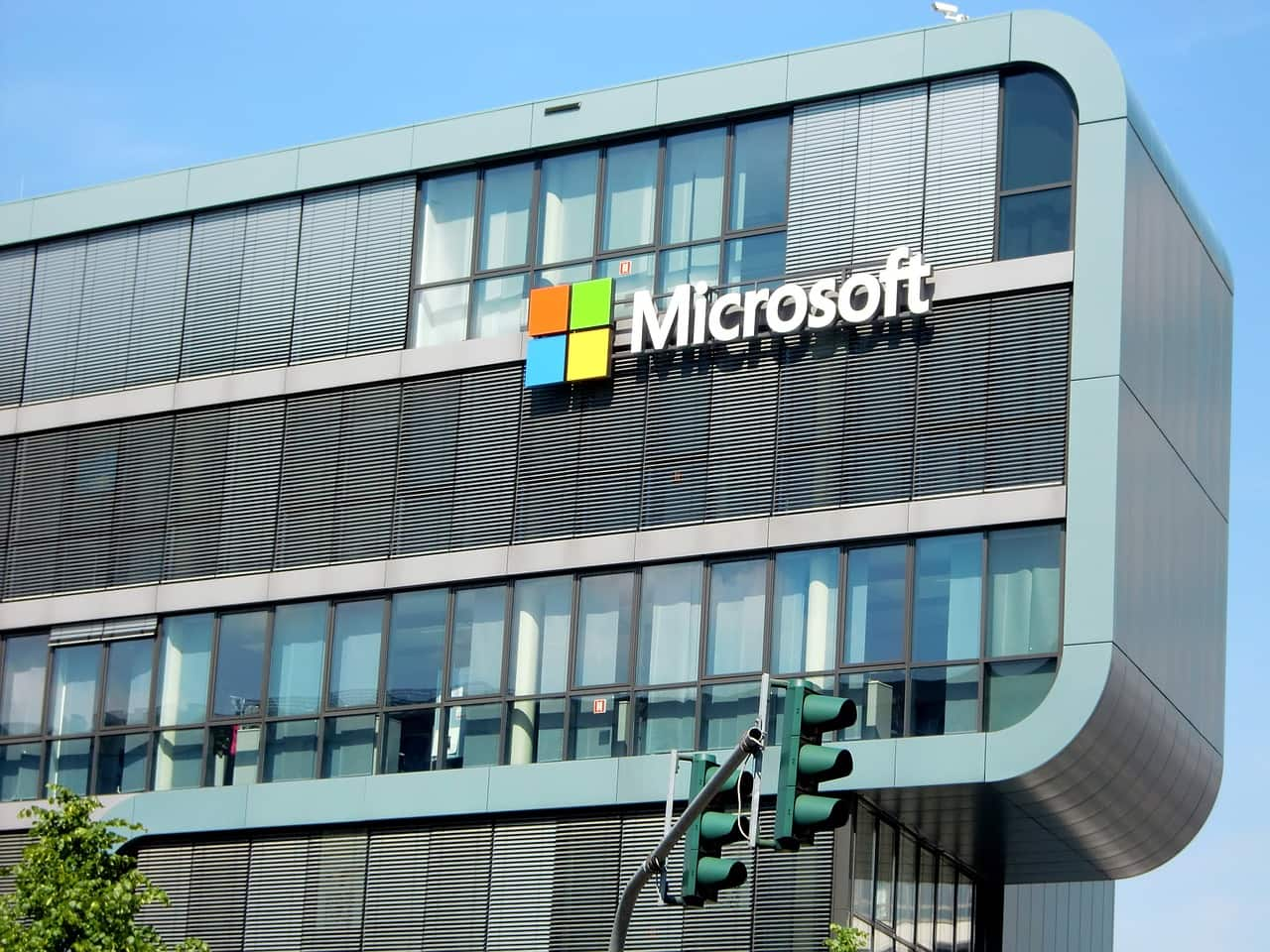Digital Memory Revolution: Microsoft's Recall Feature Turns Your PC into a Personal Time Machine

Microsoft has thoughtfully designed this feature with user control and privacy in mind. By default, the feature remains switched off, giving users complete autonomy over its activation. If you choose to explore and enable it, you'll appreciate the flexibility of being able to pause or completely stop the feature at any moment. This approach ensures that users remain in the driver's seat, empowering them to manage their digital experience with ease and confidence.
